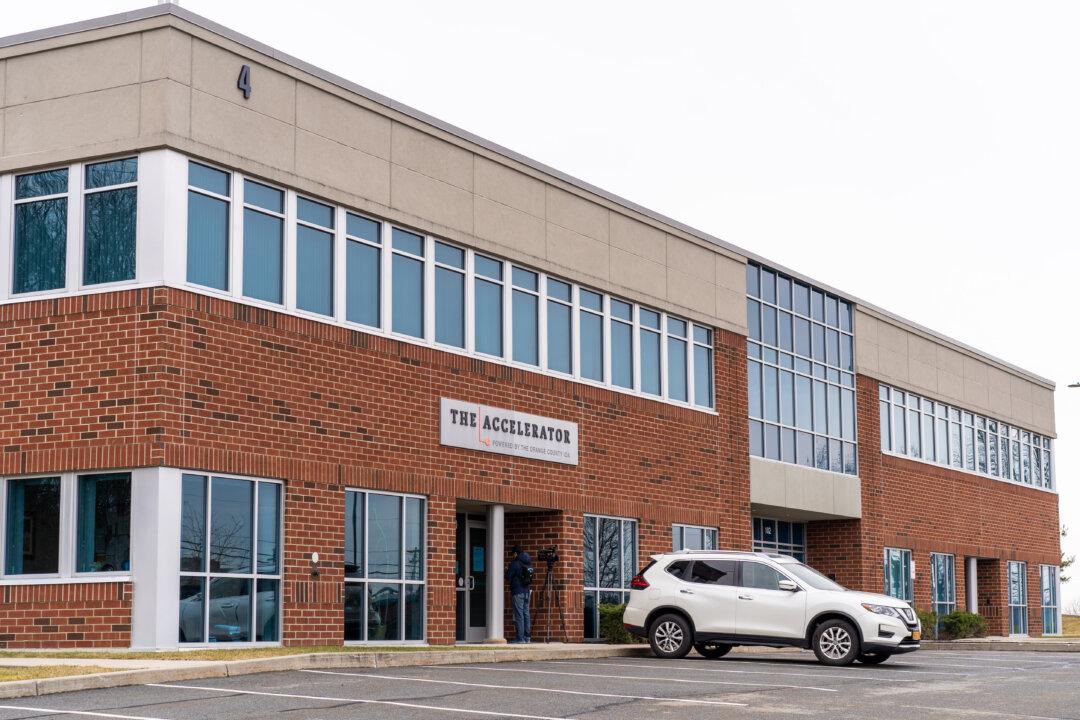The Orange County Industrial Development Agency (IDA) is looking at the potential of unlocking contaminated sites in the county with the help of a half-million-dollar federal grant.
The agency is among 13 New York recipients of the brownfield grants meted out by the U.S. Environmental Protection Agency (EPA) in May. In total, the federal agency allocated $233 million to 180 communities across the country to identify and remedy contaminated sites this year.





